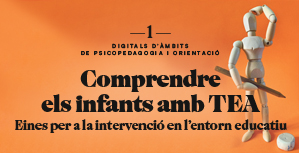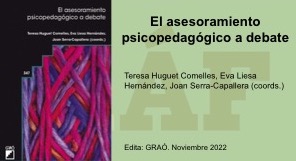Why should ‘aules d’acollida’ and mainstream classrooms work together? A few reasons
Abstract
The aim of this paper is to provide the reader with elements for reflection about the necessity that recently arrived foreign students be included in mainstream classroom activities notwithstanding their participation in aula d’acollida activities. Focusing on school children between ages 6 and 16 in Esplugues del Llobregat, an urban town near Barcelona, first this paper will consider what contribution is to be expected from aules d’acollida. Second, research data will be used as support to review some of the capacities children must be ready to use in order to achieve good academic results. By contrasting these two, evidence will be shed that both mainstream classrooms activities and aules d’acollida activities contribute complementary aspects to the child’s development and are both necessary therefore.
References
Cummins, J. (1984). Bilingualism and special education: Issues in assesment and pedagogy. Clevedon, England: multilingual matters
Purcell-Gates, V. (1995) Other people’s words: the cycle of low literacy. Cambridge, MA: Harvard University Press.
Snow, C.; Barns, W.; Chandler, J.; Goodman, J.; i Hemphill, L. (1991). Unfulfilled expectations: Home and school influences on literacy. Cambridge, MA: Harvard University Press.
Teberosky, A.; Sepúlveda, A.; Martret, G.; i Fernandez, A. (2006) El discurs sobre els textos i el coneixement textual. Articles, 40, pp. 50-65.
Downloads
Published
Issue
Section
License
The authors maintain their copyright and give the right to the first publication of the work to the journal, registered under a Creative Commons Attribution-Non Commercial-NoDerivs license. This license allows others to download the works and to share them with others as long as they credit the author, but it does not allow for any kind of modification or commercial use.















